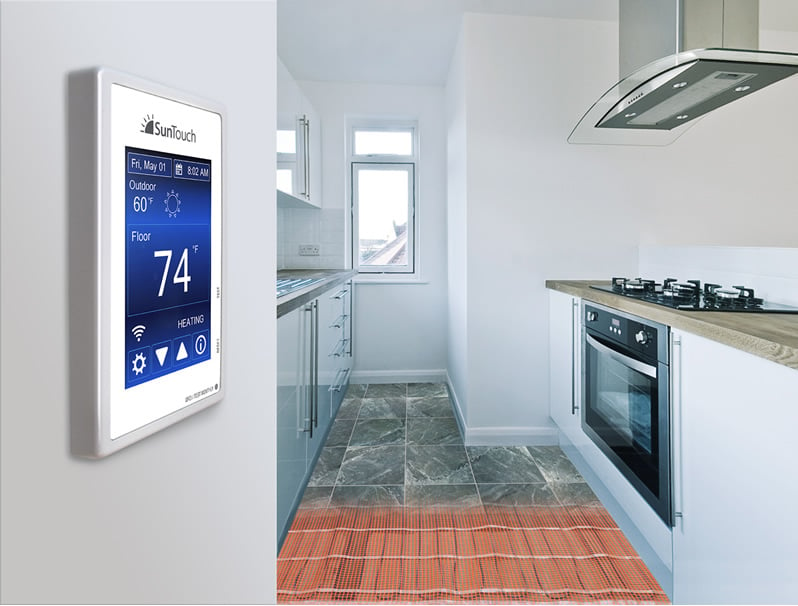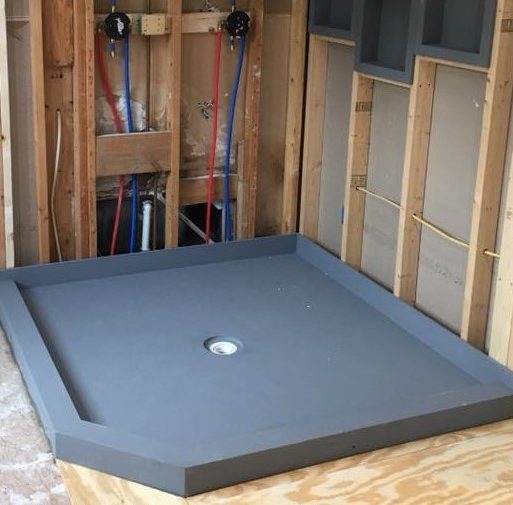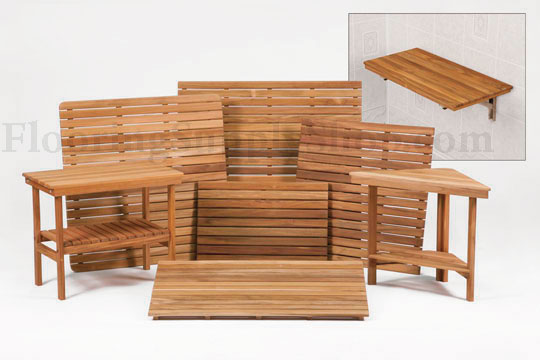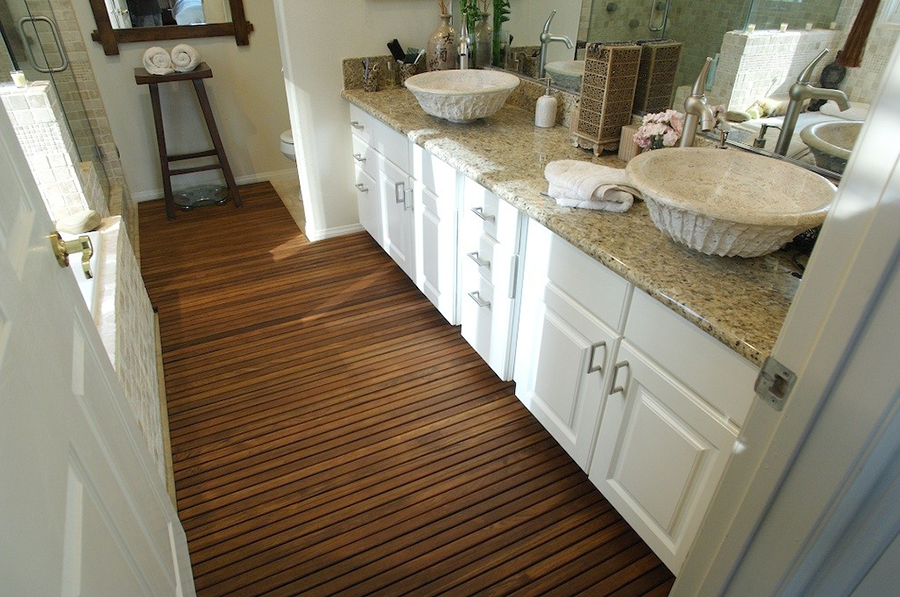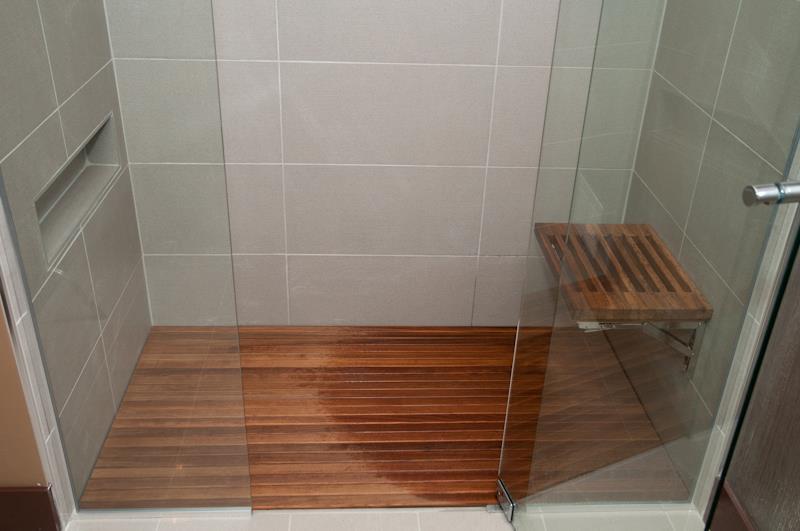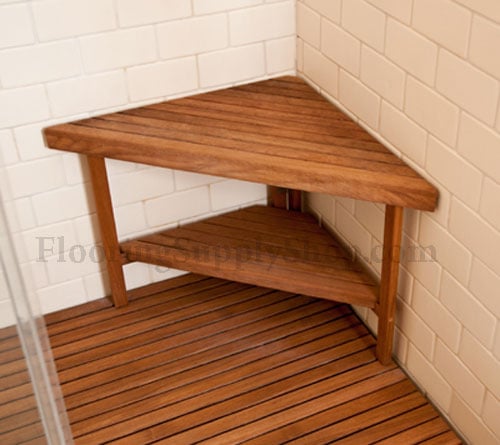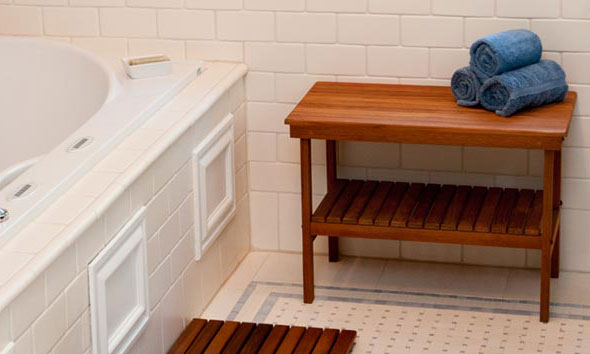
Preventing lippage is a serious matter if you’re trying to install your tiles as a professional or even as a DIY installer. The last thing you would want is unevenly spaced floor tiles or what people usually call tile lippage. With the intention of keeping tile installations much more efficient and free from errors, DTA has provided a set of tools and systems available for people to use for both commercial and residential purposes.
DTA Lippage Leveling System is a set of tools explicitly designed to accomplish lippage-free tile installation projects with much less time and errors. The leveling method consists of different tools that are part of the Anti Lippage Tile Leveling System to keep your floor tiles nice and clean.
Parts of the DTA Lippage System
The lippage system consists of three leveling tools: leveling caps, tile spacers, and a tile leveling gun. By coherently using these three tools, you’ll be able to install tiles free from lippage consistently.
- Tile leveling spacers – used to prevent your tile from being too close together as well as keeping an even distance for each tile during the installation.
- Tile leveling gun – the leveling gun tool is utilized after everything is tucked on the floor to tighten the caps to keep things as evenly placed as possible.
- Leveling system caps – the system caps are fitted right to the top of the spacers, which helps level the tiles in between.
Advantages of Using the DTA Leveling System
- This system is purely designed to achieve a consistently leveled results across any tiled area.
- An effortless and quick way to lay out your tiles that takes away leveling errors, saving a ton of time for installers.
- Designed for flexibility and performance as the system works and is suitable for both floors and walls.
- The base of each leveling spacer is strategically designed to have holes to allow it to push through the wet adhesive, which then ensures equal adhesion for your tile floors.
- Perfect leveling even if your tiles are uneven. This means that the system will work on various tile thicknesses.
- The most cost-effective and versatile leveling system in the market.
How to Use the Lippage Leveling System
Before using the DTA Lippage Leveling System, you should first ensure that the floor is already prepared and leveled.
- Once the floor is ready and adhesives are already mixed, it is now time to lay down the first tile.
- Place the tile leveling spacers under the first tile that is already laid down. Make sure you space them out evenly if using multiple leveling spacers.
- After that, lay down the second tile, with the spacers hanging out in between the two tiles.
- Fit the cap on top of your leveling spacers and tighten them using the tile leveling gun.
- Gently repeat the whole process until you’ve already set the tiles on the entire floor.
- Wait for the adhesive to dry first, then remove the caps by simply kicking them off.
